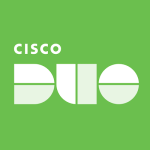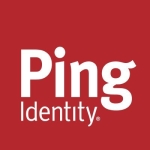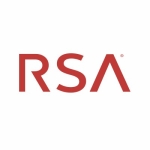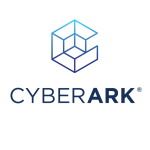We have integrated PingID with different applications. Mainly the internet-facing applications.
PingID is very good.
It's pretty stable as a product.
We've never faced any issues, at least with the data applications integration.
The customers really like it.
The mobile application is very good.
Many times when we are authenticating, we'd like the freedom to set the time. Maybe it needs to be slightly longer. I understand that this is work based on the token exchange and so on. The timing of the token validity, if it could be extended, would be great. I'm not sure if there is even an option to configure these types of settings.
Before we can authenticate it, it ends up in an error. And then we'll have to create everything all over again, in terms of launching the application.
I'm not sure if the experience on the desktop is good or not. I've heard some feedback that it's not that good. It's better to use it on mobile. Perhaps the user experience on the desktop Ping application could be improved. I haven't used it personally. I just heard from my colleagues about some experience with that.
I have probably been working with the solution for about two years or so.
The stability is very good. There are no bugs or glitches. It doesn't crash or freeze. It's reliable.
Almost everyone is working on the solution. It's used company-wide. All these people consume this application, however, it's really a central team who does the provisioning of the services to the entire organization.
I've never reached out for technical support due to the fact that we have an internal team here in Germany. They are providing this as a service to the other regions a well. We haven't needed the assistance of the product's technical support.
We also use Symantec SiteMinder. We are using both, however, we will completely switch to PingID in the future.
I can't speak to the initial setup process. In terms of maintenance, the number of people needed depends on the central team's capability or capacity.
We don't directly deal with the licenses. It's basically purchased by the central team and we are just consuming it through the common APIs. I really couldn't comment on the pricing at the moment.
We are considering switching to other products. Therefore, we're looking to evaluate other options. We are looking to have a seamless single sign-on and federated authentication.
We are a customer and an end-user.
Currently, the solution fulfills the use cases that we currently have. That's pretty much it. I'm not sure about the configuration or on the infrastructure side. Maybe the team who does this infrastructure setup would have better insights. However, overall, it's a pretty seamless experience, I would say.
I'd rate the solution at an eight out of ten.



















